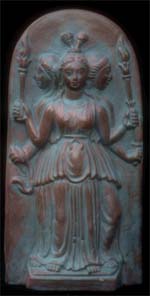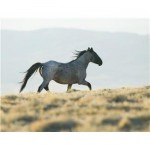
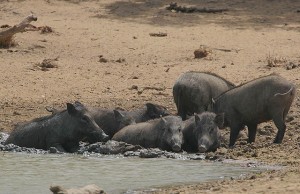
Category: Animals
Gyrfalcon Circling the Spruce: Another Frejya Episode
March 29, 2013
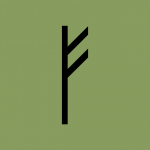
Frejya’s representation throughout the lifecycle suggests an affinity with the sun, which defines the cycle of the year. Her association with both the winter and the summer solstices reaffirm this connection, as does the Yule fire and the summer bonfires. Frejya’s amber necklace represents her command over the sun and hence the passage of time. Those who see Frejya as blond may be focusing on her sun aspect, perhaps dazzled by the brightness of her nimbus. It is interesting in this regard that the Egyptian sun god Horus also takes the form of a falcon.Although Frejya is a goddess for all seasons and all ages, I want to explore Frejya’s death aspect more closely. I will do so in a later installment of this series.
Frejya’s Three Forms
March 22, 2013So what does boar, fir and falcon say about Frejya?Let’s look first at the falcon. Freya’s falcon is probably the Gyrfalcon (JER-falcon), the largest falcon, who likes the northern climates. If she migrates at all, she is driven by scarcity of food, and she will sometimes winter at sea over ice. The Gyrfalcon is the preferred falcon for hunting. She mostly hunts birds, including other raptors, although she will also take small mammals. Other predatory birds leave her alone, as she is fierce. She has a varied hunting strategy and is considered very intelligent. The goddess Frejya has a cloak of falcon feathers reaching to the ground. With her characteristic generosity she loans this cloak to the other gods when they need it to move quickly. Falcons in general are associated with the sun or with death. Other important falcon deities include Circe, the witch who trapped Odysseus and changed his sailors into pigs, and Horus, the Egyptian sun god who avenged the death of his father Osiris and performed an important funerary rite for him.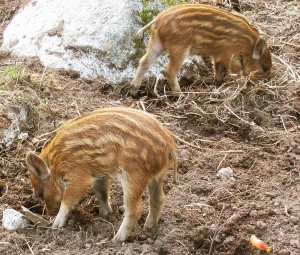
The Fir and Falcon
March 16, 2013
Eostre and the Egg
March 8, 2013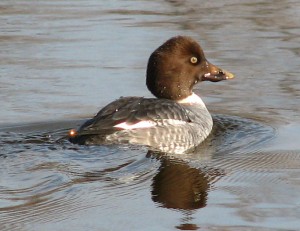
From one half the egg, the lower,Grows the nether vault of Terra:From the upper half remaining,Grows the upper vault of Heaven;From the white part come the moonbeams,From the yellow part the sunshine,From the motley part the starlight,From the dark part grows the cloudage;And the days speed onward swiftly….
Spurred by the lengthening days at the spring equinox, birds begin to lay their eggs, and egg gathering forms the basis for many spring rites. The custom of dying and decorating chicken eggs probably began as a way of mimicking the many colors and designs of wild bird eggs that were once gathered in the spring hunts.In the Netherlands to this day there are spring hunts for the eggs of the wild Lapwing, who makes her nest on the ground. Bird nests probably formed the inspiration for basket weaving, and perhaps before this innovation people gathered their eggs in nests.Another animal who nests in the tall grass in the early spring is the European Brown Hare, who makes a rudimentary nest or “form” for each of her babies. This is where we get the idea that the “Easter Bunny” is hiding eggs. The hare is also linked with the moon, itself shaped like an egg, because the outline of a hare holding an egg can be seen on the moon’s surface.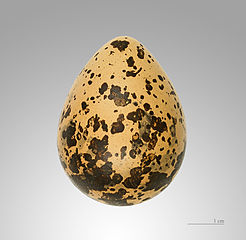
Eosturmonath has a name which is now translated “Paschal month” and which was once called after a goddess of theirs named Eostre, in whose honour feasts were celebrated in that month. Now they designate that Paschal season by her name, calling the joys of the new rite by the time-honoured name of the old observance.
So we have a spring folk custom of a bunny who hides eggs or treats, baskets lined with goodies and fake grass, and organized hunts for colorful eggs, all associated with an old Germanic (Anglo-Saxon) holiday. Moreover, spring hare folklore can be traced to Germany and egg hunts to the (Germanic) Netherlands, among other places. It certainly looks like a traditional Pagan holiday, barring direct evidence to disabuse us of this assumption. Surprisingly, there are many Christians, historians, and even Pagans who have taken on the mission of disabusing us of the notion of Easter as a Pagan holiday.Part of this hinges on the fact that Bede does not mention hares or eggs in connection with Easter. These can therefore be assumed, if desired, to be of recent origin. It always makes sense to our detractors to assume recent origin for customs embraced by modern Pagans, even in the face of contradictory evidence. The bar for acceptability of evidence can be made extremely high, or, failing that, evidence can be simply ignored with ignorance forming the justification for saying “no evidence exists.”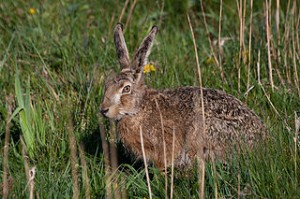
Hosking, Rebecca. “The Lapwing – the unsung hero of Easter and farmland icon” Permaculture Inspiration for Sustainable Living, April, 2011.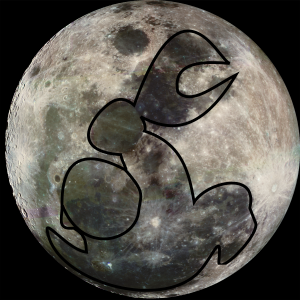 Hunt-Anschütz, A.E. Eostre and Easter Customs. Association of Polytheist Traditions, 2006. Note: I got my quote from Bede from this article. In some ways this article illustrates the type of poor Pagan scholarship I’m talking about. For example, pre-Christian hare associations are legion, and others have traced the introduction of hares into Christianity from Celtic pagan practices (see Hare by Simon Carnell). Do an exhuastive study before stating “there is no reason to believe.” Also, stating “the symbolism surrounding” an item “fits into” Christianity begs the question. Find out how and why something without Biblical associations was “fitted into” Christian practices. In fairness, the author does concede that it’s implausible to say St. Bede was making up goddesses.
Hunt-Anschütz, A.E. Eostre and Easter Customs. Association of Polytheist Traditions, 2006. Note: I got my quote from Bede from this article. In some ways this article illustrates the type of poor Pagan scholarship I’m talking about. For example, pre-Christian hare associations are legion, and others have traced the introduction of hares into Christianity from Celtic pagan practices (see Hare by Simon Carnell). Do an exhuastive study before stating “there is no reason to believe.” Also, stating “the symbolism surrounding” an item “fits into” Christianity begs the question. Find out how and why something without Biblical associations was “fitted into” Christian practices. In fairness, the author does concede that it’s implausible to say St. Bede was making up goddesses.
Divine Animals
February 15, 2013
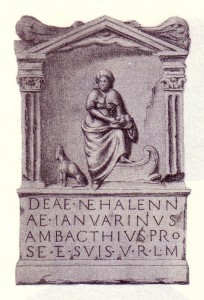
Coyote Magic
February 8, 2013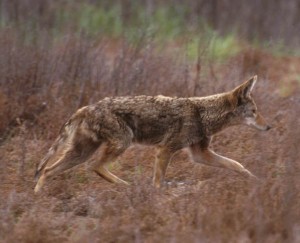
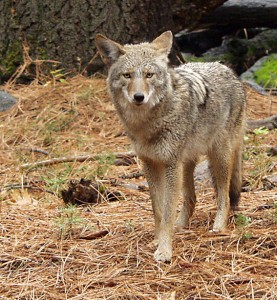
Baba Yaga and the Pelican
January 25, 2013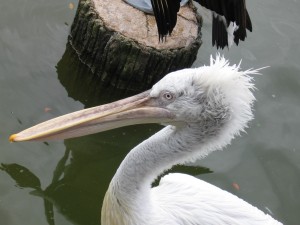
Michael Shapiro (1983) finds that Baba Yaga is derived from two prehistoric theriomorphic prototypes – the snake and the pelican. The Slavic word baba, like other Slavic kinship terms, has been applied to species of plants and animals. Baba has come to be the indigenous term for the pelican in some Russian, Ukrainian, Bulgarian, and Upper Sorbian dialects…
The pelican depends mostly on fresh fish kills for her diet, but she is also a scavenger who has undoubtedly dogged humans since we began fishing. An animal which develops a symbiotic relationship with humans often becomes a divinity. Baba Yaga is depicted today as an old woman, and she parallels the grandmother owl and raven goddesses of northern Europe, who are scavengers or predators like the pelican. Baba Yaga is usually described as having a very long nose, and sometimes a pronounced chin as well, which also evokes the pelican. The pouch of the pelican can be compared to the skin hanging from the jowls of an old woman, and the large body of the pelican is like the sturdy stout figure many women develop as they age.Marija Gimbutas has documented in detail the fondness of Neolithic European cultures for water bird goddesses. While in most cases it is impossible to know what type of water bird is being depicted, it would make sense for the pelican to be represented. Outside of warm climates the pelican is a migratory bird, it typically lives in flocks, and (at least in Europe) it is mostly white. I won’t go into the reasons for this now, but migration, communal living, and the colors black, white or red usually have special religious or magical significance. The Dalmatian Pelican is usually silent in adulthood except when breeding, a detail I find fascinating because Baba Yaga is known for her long silences. Johns sees the erratic head feathers that distinguish this species as related to the messy hair attributed to Baba Yaga. Another interesting detail is that Baba Yaga never walks anywhere except in her house or yard. She flies in a mortar, using the pestle to steer, and she either uses a broom to sweep away her sky tracks, or she ditches the mortar and pestle and uses the broom to fly instead. Baba Yaga’s penchant for flying has led many to surmise that she must have once been a bird goddess.One problem with associating Baba Yaga with the aggressive pelican is that she is a rather ambiguous figure in Russian literature. Usually she is a dangerous witch, ugly in every sense of the word, but sometimes she is a wise old woman who helps the protagonist – and sometimes she is both. This contradiction becomes even more pronounced when we move into the Balkan region. Radomir Ristic says
The Balkan Baba is quite different from Russian Baba Yaga because she is much less negative and evil, and quite possibly [the] only way that the two are related is the fact that both of them are old women. However, if we know that people and Witches have different opinions of Forest Mother, we can assume that their opinions of Baba also differ. She is still the “ancestor” who helps her generations, and if she picks someone to be her pupil, they are not in danger because that person has passed all manner of tests that they are not even aware of. She only punishes selfish and evil people who want magical knowledge solely for selfish goals or material profit.
Johns does not see the pelican as a negative association for Baba Yaga. “If we associate the snake with Yaga’s wicked aspect, the pelican can be associated with her good aspect (which in turn connects her with the bird and Great Goddesses). As the benevolent Baba Yaga is forced into the background, now appearing only as a relic, the pelican disappears.” The pelican has a mythical association with sacrifice and selfless motherhood, an association predating Christianity which nevertheless became a popular allegory of Christ’s martyrdom. The story goes that a mother pelican unable to provide for her chicks during a famine pierced her own chest so the chicks could drink her blood. This may be linking the blood of the womb with the pelican as mother goddess. At any rate pelican mothers and fathers do work tirelessly to feed their insatiable brood, and they defend their young forcefully against predators.I see the pelican as embodying both the benevolent and the cruel sides of Baba Yaga. This bird arouses conflicting feelings and cannot be easily categorized. The pelican holds the key to many of life’s more complex mysteries. 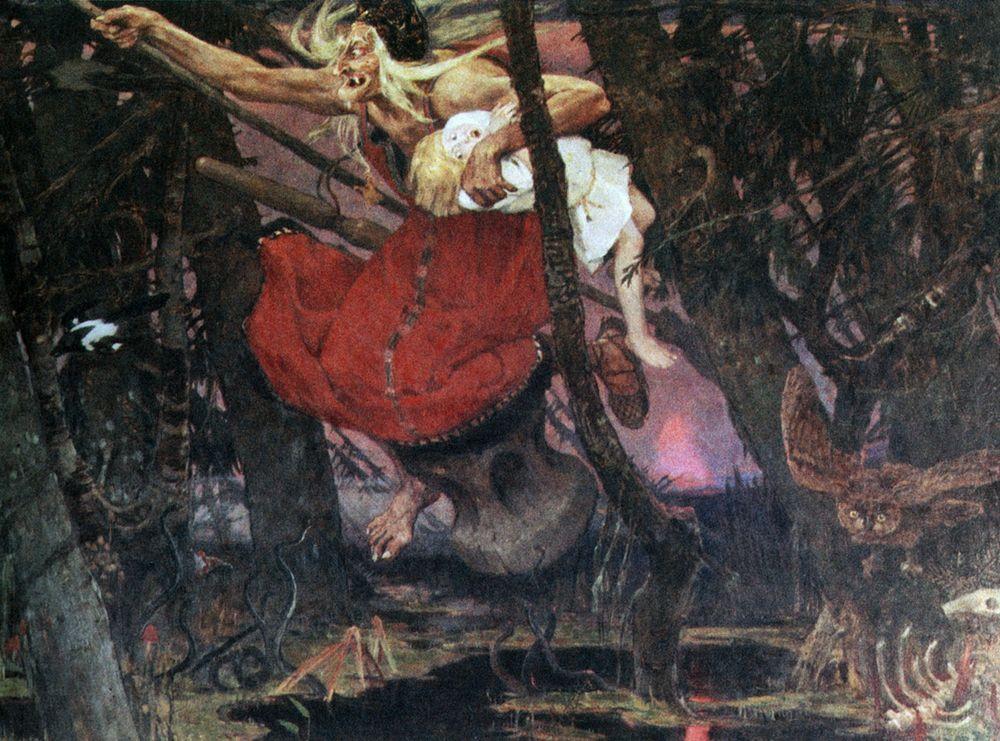
Another Post at Return to Mago Blog
January 10, 2013
The Y-Junction
December 14, 2012 The goddess Hecate is often referred to as “Goddess of the Three-Formed Crossroads,” a title which strengthens my belief that she was originally a goddess of the waterways. By “three-formed” the title refers to a junction of three roads meeting in a “Y.” In Greece a statue of the goddess was sometimes placed at such a crossroad, her three faces pointing in three directions. Offerings of food would be placed there, particularly by those embarking on a journey.
The goddess Hecate is often referred to as “Goddess of the Three-Formed Crossroads,” a title which strengthens my belief that she was originally a goddess of the waterways. By “three-formed” the title refers to a junction of three roads meeting in a “Y.” In Greece a statue of the goddess was sometimes placed at such a crossroad, her three faces pointing in three directions. Offerings of food would be placed there, particularly by those embarking on a journey.
